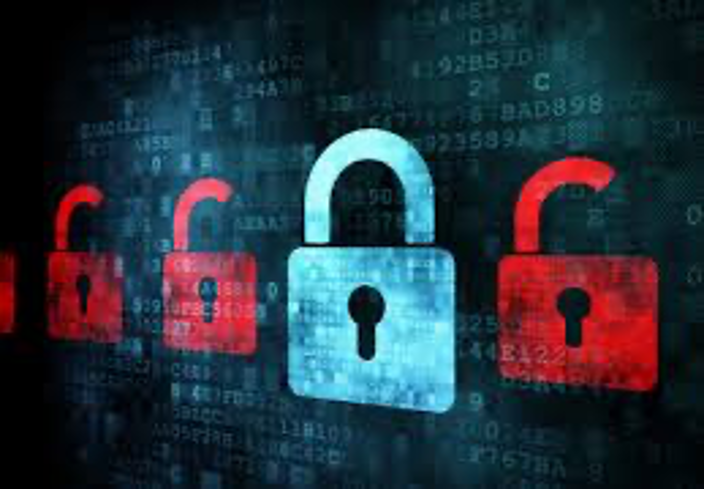The modern digital environment has a plethora of benefits for both employers and employees. Employers get to choose from a global pool of talent when hiring for remote working positions while employees have the ability to work from anywhere they like for employers from across the globe. Both parties are now free of physical boundaries and the nature of work itself has also drastically changed from regular office-based jobs.
In this digital era of business, virtual security is a concern both for the employer and the employee. A breach in security could mean a loss of sensitive data and information, loss of money and fraud, and even damage to hardware. Maintaining security in the virtual environment can be tricky but there are some basic things everyone can implement to play their part.
-
Solid VPN
The network that we use to connect to the web and work-related platforms can often be the first place an attacker will want to infiltrate in order to gain access to devices. Moreover, public networks at coworking spaces and busy hotspots are a perfect place for attackers to target multiples devices through a single network. Having a good quality VPN service encrypting your connection keeps both the remote worker and the remote employer safe. This is a small investment that can save a person from a lot of headaches.
-
Locks
Locks are a safety tool common between both physical and virtual workspaces. Today devices offer a variety of locking mechanisms including finger ID scans, face scans, patterns, and the traditional codes. Each has its own advantage and drawback, and you can use whichever suits your needs, but the important thing is to use a lock on every device. Using a strong password is the best choice whether it is for a smart device or computer as it secures the device from unauthorized access whether that is from an online or physical attacker.
-
Double Glazed Protection
Two-factor authentication is a definite must-have for any remote worker. This double safety system should be used in every application that it is available in. This is particularly effective for employees who need to access sensitive company information, or it can be made part of the entry route for a particular area of the network. Two-factor authentication can be used in tandem with authorizations such as fingerprints or face scans, randomly generated codes, or ID badge verifications as well as passwords.
-
Inventory Control
For a physical business, its assets are its physical stock and inventory. For the digital business, its network, software, digital products, and digital infrastructure are all assets as well as the hardware which houses all the electronic assets. In order to stay on top of what the business assets are companies need to evaluate their digital infrastructure and also keep an eye on the state of each asset. This way any changes will easily be picked up and it will be possible to outline a security protocol to protect each asset.
-
Teamwork
Despite these safety measures it will take a collective effort both by employers and employees to keep each other safe. Digital workers need to continuously be on guard and stay alert for anything that looks suspicious. Employers should also make it a point to ensure that all systems and security software are updated and the latest versions are implemented. Digital security is a continuously evolving and changing subject and people need to keep themselves updated about the latest trends to ensure the safety of both the employer and employee.



 714-333-9620
714-333-9620